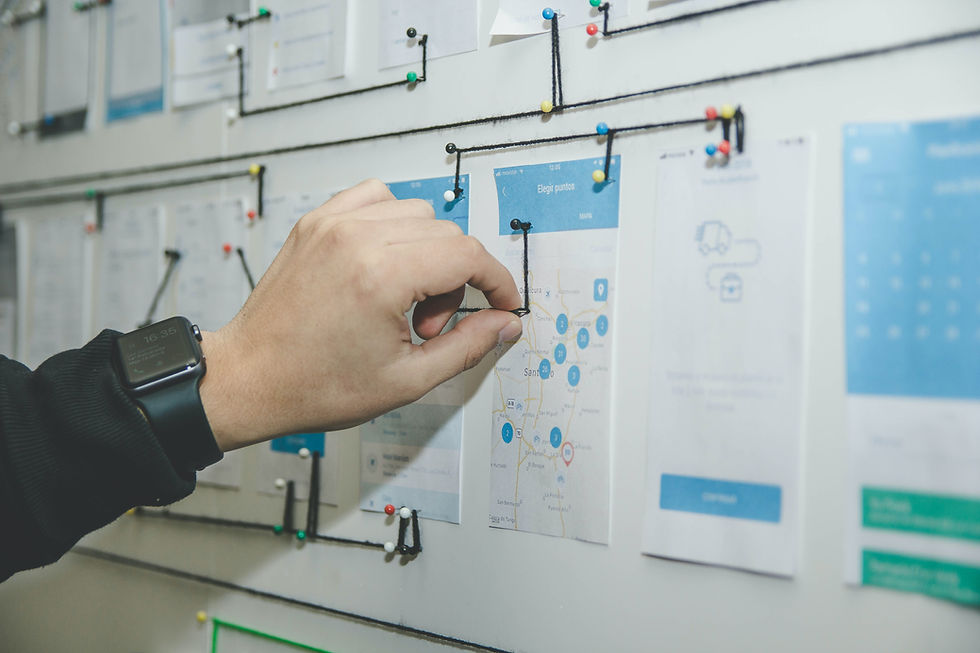What Makes a Care Workflow Truly Scalable?
- Suleiry Matos

- Jun 26
- 2 min read

In healthcare, "automation" gets a lot of attention—but if you're serious about building systems that last, automation alone isn't enough. The real challenge is scalability.
So, what actually makes a care workflow scalable? Not just replicable, but adaptive, reusable, and measurable across use cases, care teams, and tech stacks.
Let’s break it down.
1. Reusability: Build Once, Deploy Often
True scalability starts with modular logic. If you have to rebuild your workflow every time a variable change (e.g., care plan, patient segment, insurance type), it's not scalable—it's a maintenance burden.
What to look for:
Pathways that use configurable templates
Triggers and actions abstracted from specific interfaces
Logic that can be reused across different care programs or conditions
Example: A symptom escalation protocol used in diabetes management should be easily reused in a post-op recovery workflow.
2. Adaptability: Built to Flex, Not Break
Rigid workflows don't survive contact with real-world complexity. A scalable care flow needs to accommodate changes in:
Staffing models
Clinical guidelines
Patient-reported outcomes
System integrations
What makes this possible?
API-first architecture
Externalized logic (tools like Awell, Lumeon and Carium)
Dynamic branching based on live data
Tip: Decouple your logic layer from your frontend and your EHR. Scalability depends on how freely your workflow can evolve without needing full system rewrites.
3. Measurability: You Can’t Scale What You Can’t Track
If you can’t measure the impact of your workflow, you can’t improve or justify expanding it.
Key metrics:
Completion rate
Response time by step or assignee
Clinical outcomes tied to workflow adherence
Escalation and abandonment points
Scalable workflows are data-aware by design. Build in analytics hooks from day one and tie them to your care KPIs.
Final Thought: Scalability Is an Architectural Choice
It’s not just about designing a flow that works. It’s about designing a flow that keeps working as you add locations, users, partners, or patients. That takes intentional architecture, not just automation.
When we train teams to think like internal consultants, we don’t just teach them how to map a process—we teach them how to engineer workflows that scale.
If you're building digital care programs and want to future-proof your workflow infrastructure, let's talk. Click here and schedule a call with our principal consultant Suleiry Matos for a free 1 on 1!

Comments